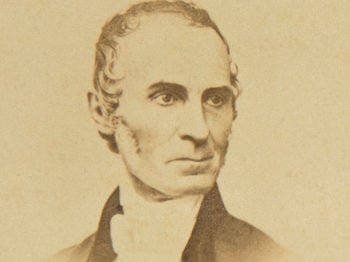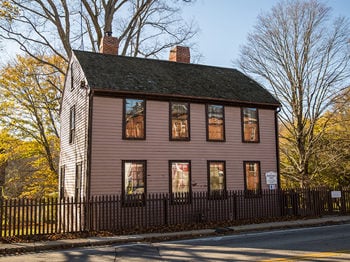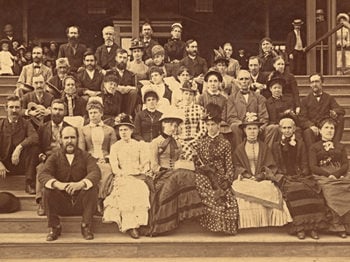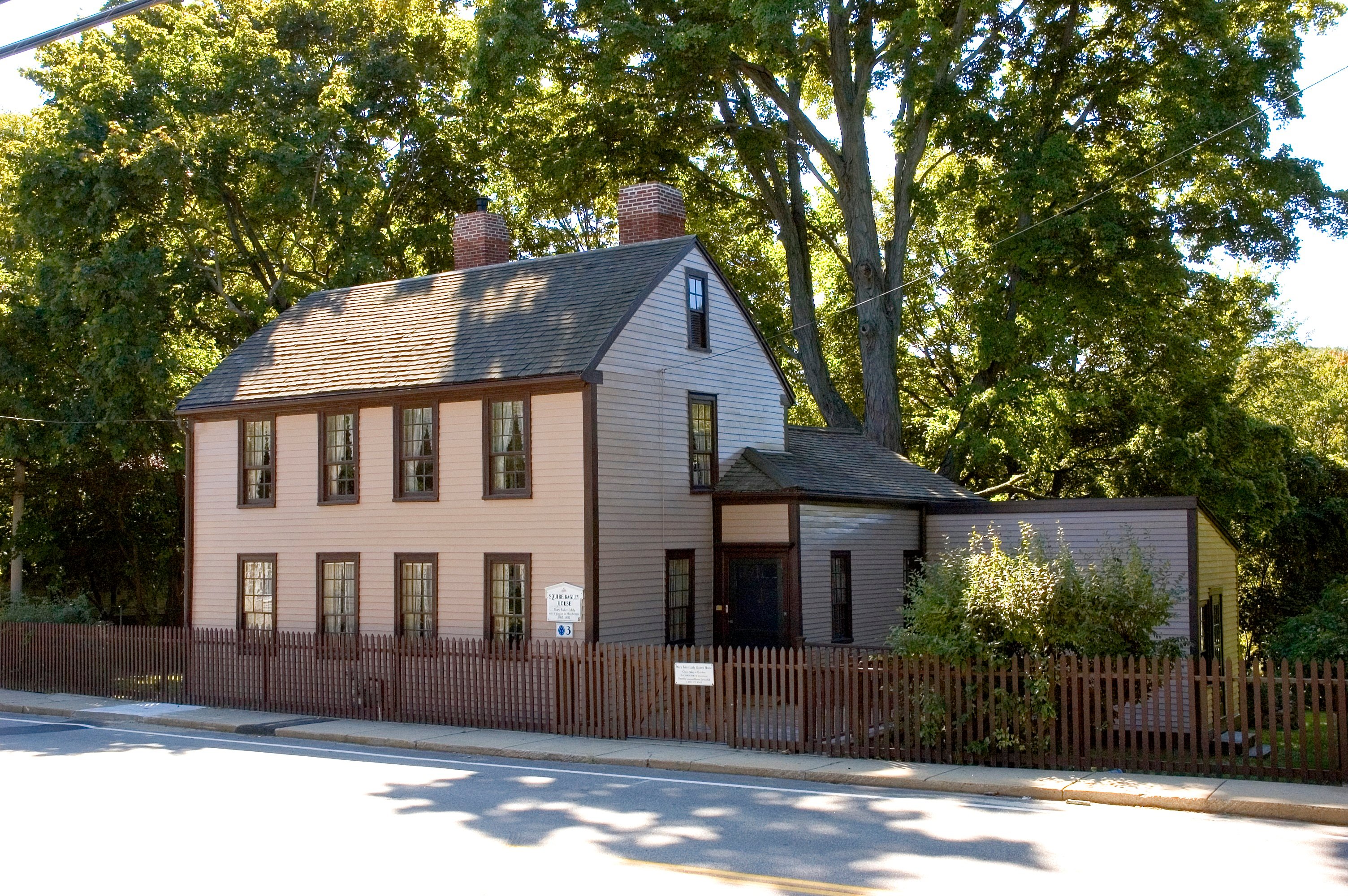
When Mary Baker Glover (later Eddy) first entered the home of Sarah Bagley as a guest in 1868, she would have seen evidence of a family of industrious and skilled needle artists. The modest home in Amesbury, Massachusetts, housed a variety of needlecrafts worked by Sarah Osgood Bagley and her three daughters, Emeline, Mary and Sarah. Included were both decorative and functional items in the form of finished and unfinished projects such as quilts, lace, cross-stitch, net and crewel embroidery, needlepoint, bags, table linens, bonnets and clothing. Many were found in baskets, bags, drawers, and a trunk when Mary Beecher Longyear purchased the house in 1922 with the intention of preserving the structure and contents as a former residence (1868 and 1870) of Mary Baker Eddy, the Discoverer, Founder, and Leader of Christian Science.
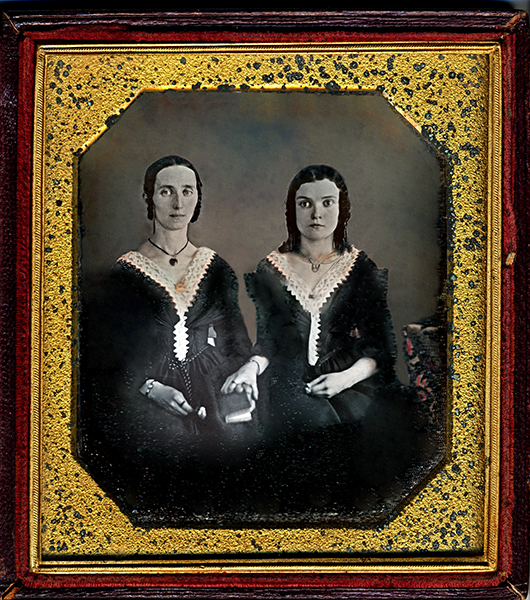
Sisters Sarah and Mary maintained a dressmaking and millinary business until Mary’s passing in 1864, and Sarah continued the business to support herself and her mother until sometime after 1868.
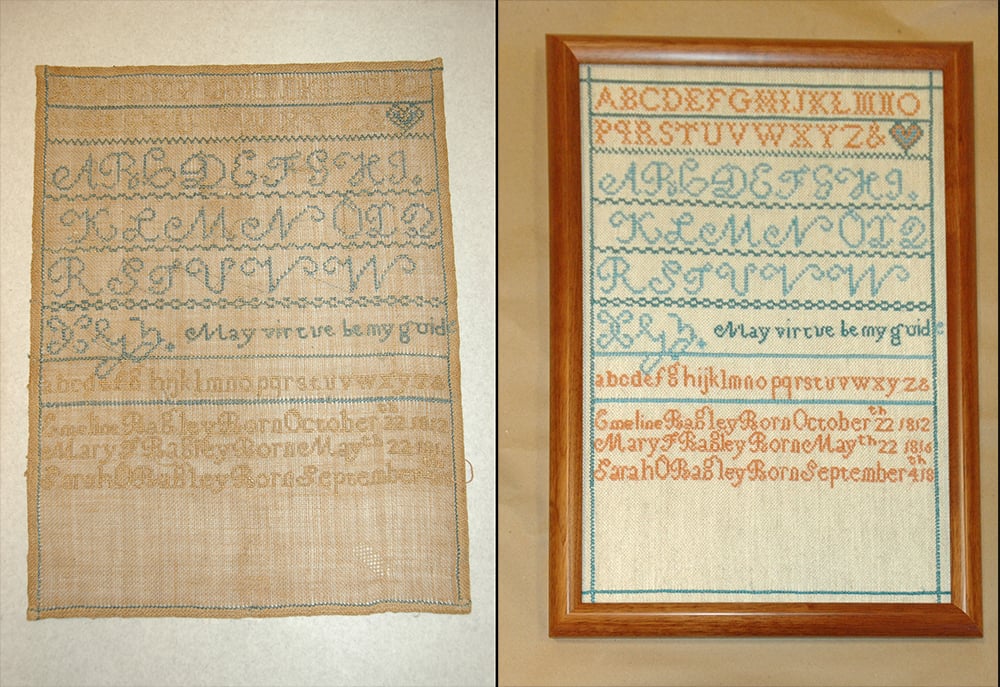
Shown in the illustration to the left is an original sampler worked by Sarah’s mother, Sarah Osgood Bagley, prior to 1824. While we can’t be sure it was displayed in the home when Mrs. Glover was a guest, a reproduction of the original is included in the house furnishings today as part of the history of experienced needle artists in the family. The original piece, quite delicate and faded now, has been stored in preservation conditions at Longyear Museum.
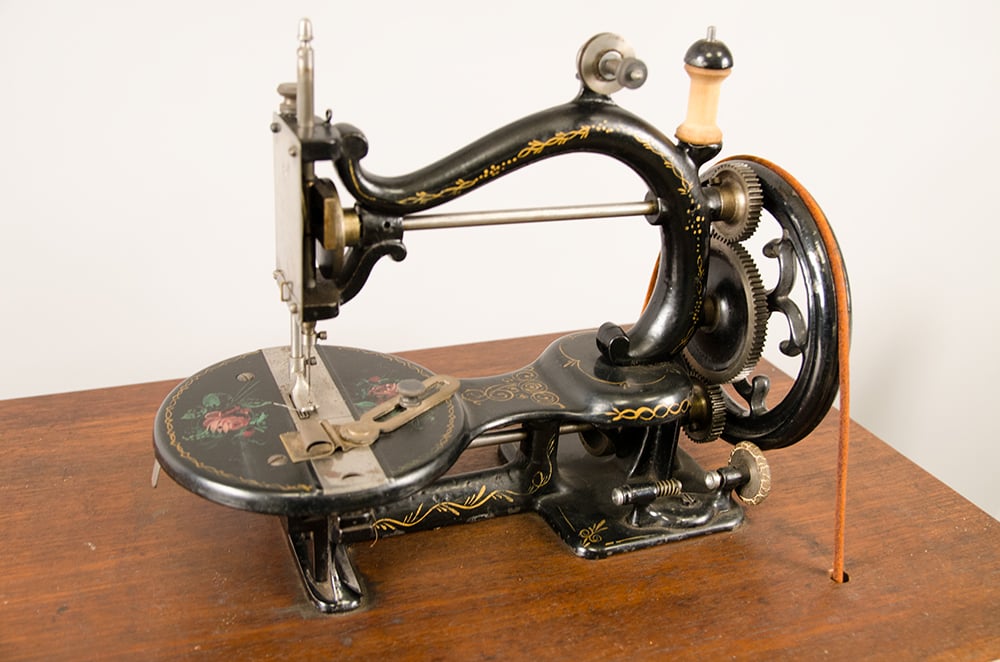
We can say with some certainty that Mrs. Glover would have seen many of the family’s handmade textiles as well as their sewing equipment throughout the house when she lived there.
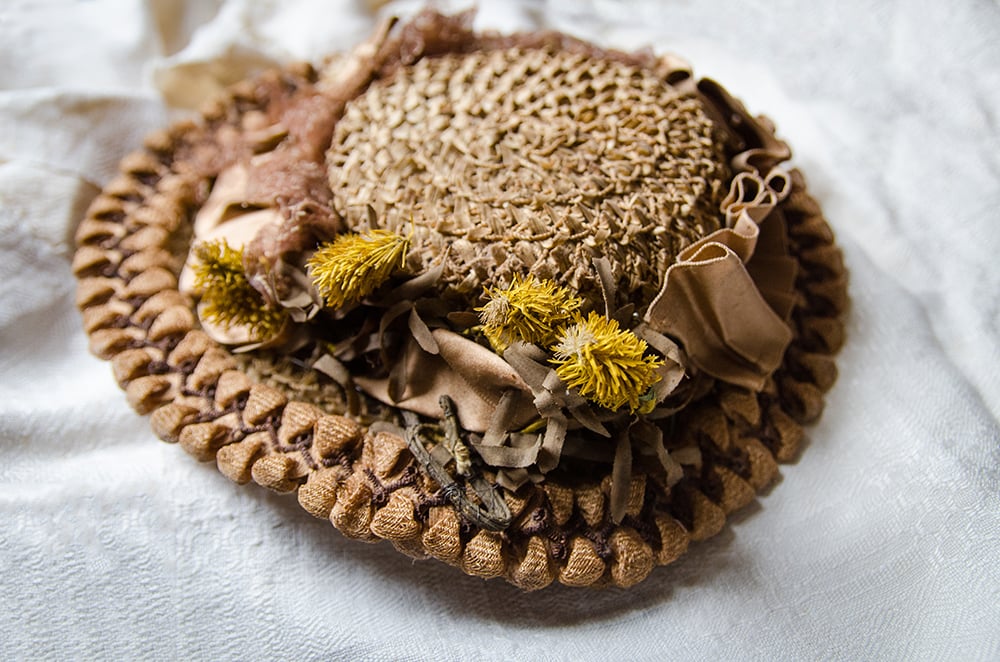
Both Sarah and Mary were teachers as well as professional seamstresses. In 1841 Sarah received a teaching certificate and taught school for several years. From 1855 to 1857 the two sisters together hired a room in William Bartlett’s block at the mills to work at dress and bonnet making. At that time, hat making was a major industry on the Merrimac River in Amesbury. In 1861 their father, Lowell, gave them half of his shop to use for their business which they continued at their 277 Main Street home.
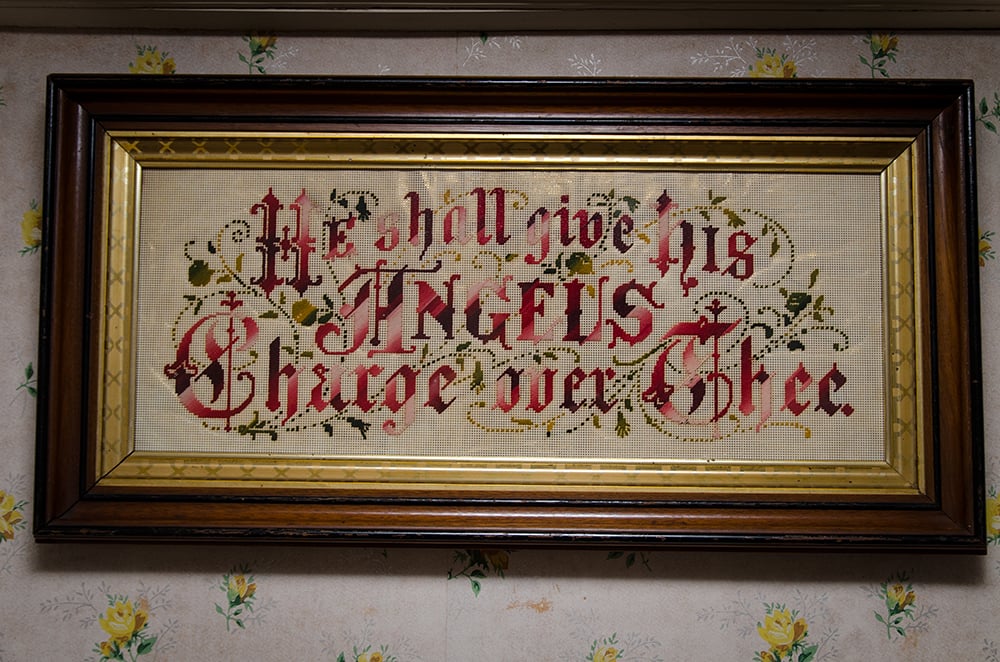
While we don’t know exactly which items and projects were in Mrs. Glover’s view, we know that they were in the house and there is some reason to believe that the perforated paper needlework piece “Angels” hung in the bedroom she occupied when she resided with the younger Sarah for a brief period of time. Another large piece is hanging in the Bagley bedroom. It is worked on a pieced paper background, which suggests a frugal use of materials. While these and other items may not have been made by members of the family, the atmosphere of the home reflects a passionate interest in Victorian period needle arts and crafts.
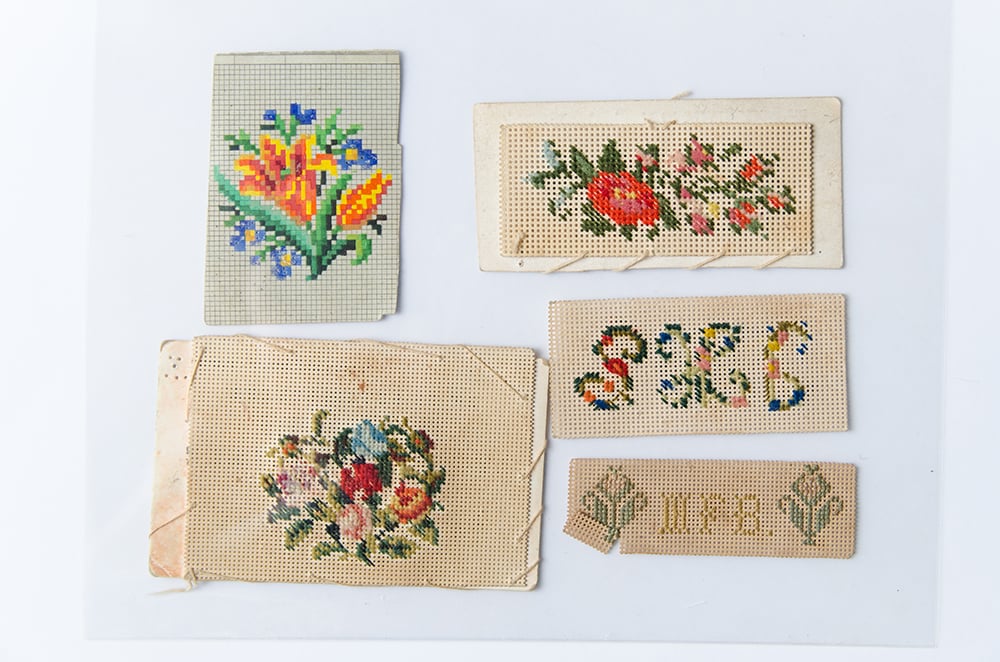
There are many small paper pieces in a variety of gauges and levels of skill, some unfinished. They may have been used as practice pieces for the daughters at different ages, for gifts as bookmarks or keepsakes, or in teaching situations with others.
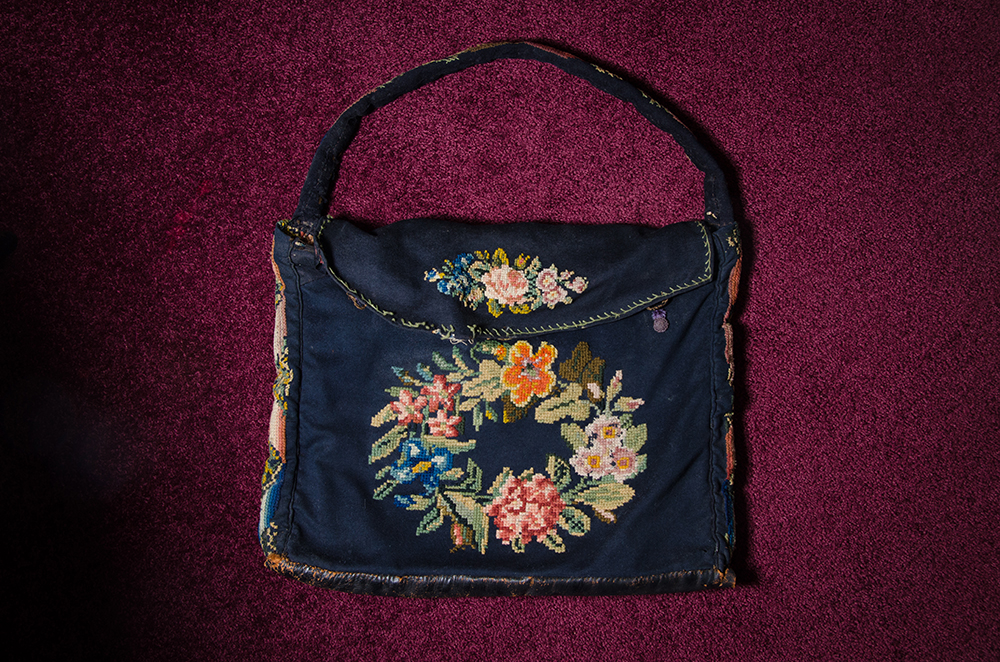
Some functional items are on display such as this bag with cross-stitched designs on both sides, which may have been used for storing and transporting projects and supplies for either business or social purposes. “S. O. Bagley” is stitched across the top, underneath the flap.
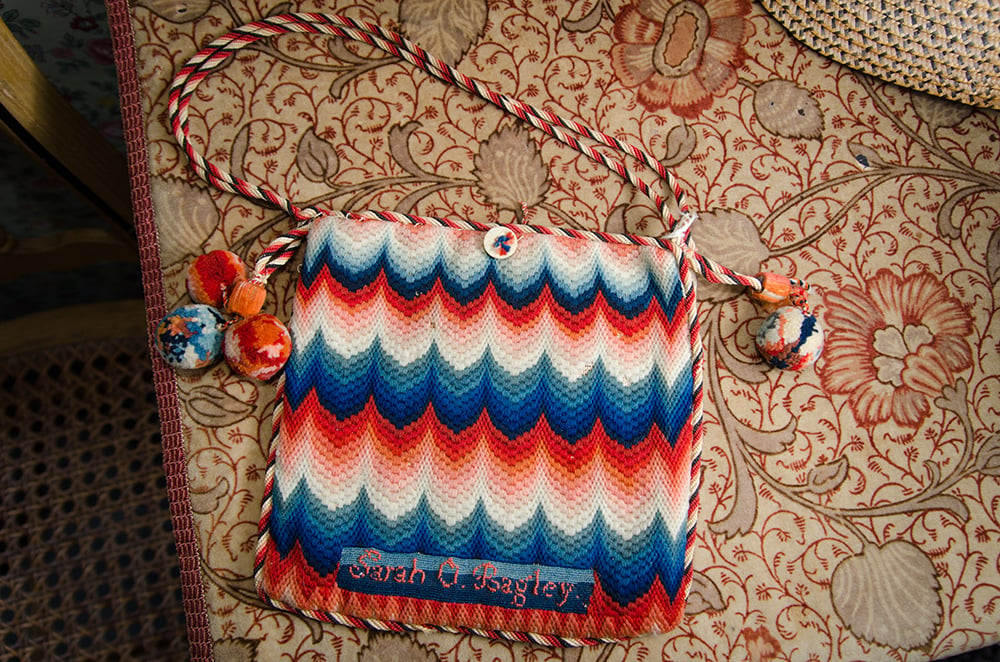
The needlework skills and techniques of the Bagley women were quite varied. This bag, worked in a Bargello pattern, is a variation of needlepoint on canvas. “Sarah O. Bagley” is stitched across the bottom on one side.
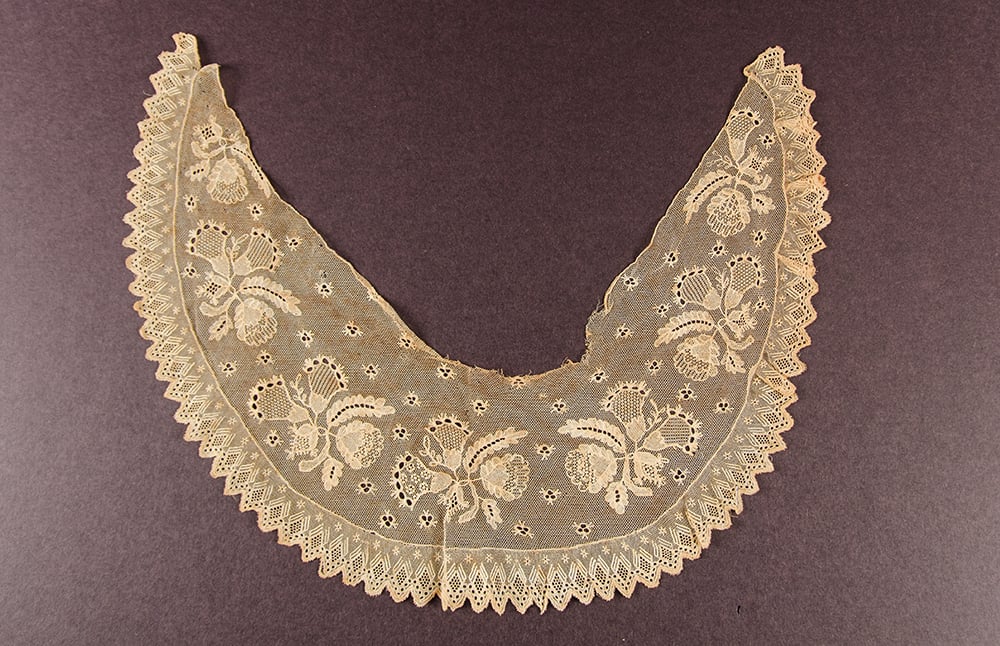
Several apparel items and accessories are included in the collection and are reminiscent of a professional dressmaking business. This embroidered net lace collar is one made by Sarah O. Bagley. However, it was Mary Bagley who won recognition for her lacemaking skills.
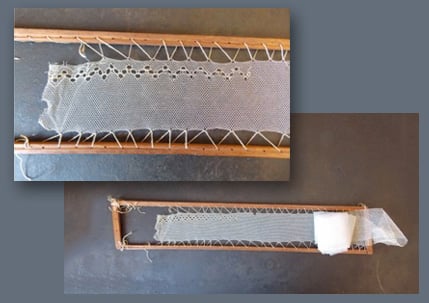
The Bagley Collection includes several pieces of equipment for needlework purposes. This lacemaking frame displays an original band of unfinished lace in pulled net embroidery technique.
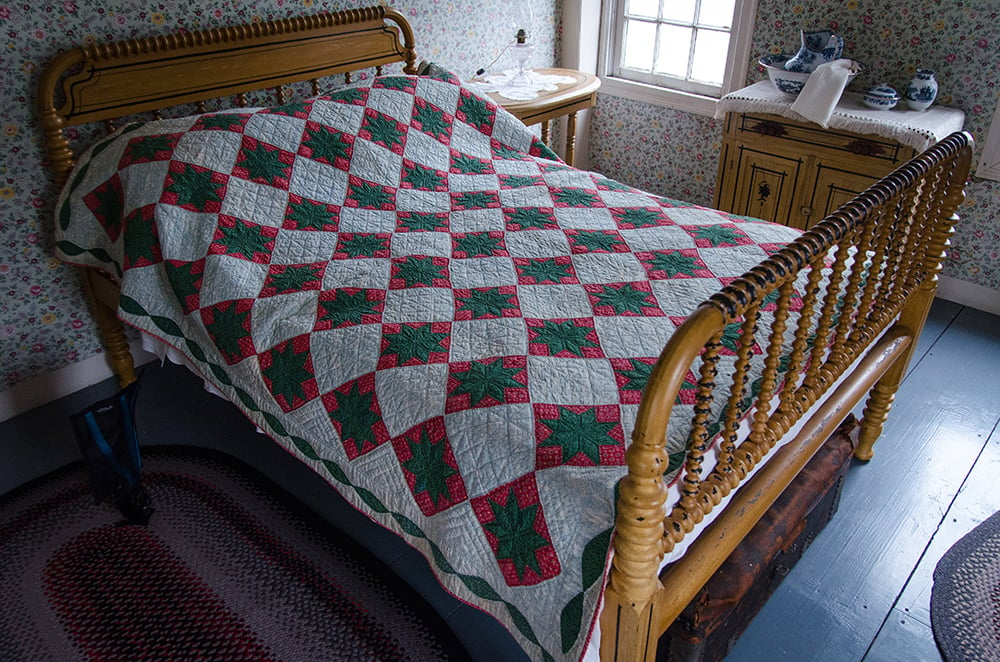
There are a few quilts in the Bagley Collection. Who made them and when they were first displayed in the home is not known. With their skills, modest circumstances and practicality, it is likely that handmade quilts were always a part of the Bagley home furnishings.
